
Hermitage History
Saseongam Hermitage is located in Gurye, Jeollanam-do near the peak of Mt. Osan (530 m). This mountain is also known as Mt. Jarasan, which means “Mt. Terrapin” in English, because it closely resembles the shape of a soft-shelled turtle. As a result, Saseongam Hermitage enjoys a beautiful view of the surrounding area that includes the city of Gurye, the Seomjingang River, and Mt. Jirisan (1915 m) off in the distance. Recently, and because of this view, “Saseongam Hermitage and Surroundings” was named as Scenic Site #111 in 2014.
It’s believed that Saseongam Hermitage was first built in 544 A.D. by the monk Yeongi-josa; however, there are no records to support this claim. In addtion, it should be noted that Yeongi-josa is said to have also first built neighbouring Hwaeomsa Temple in 544 A.D., Yeonguksa Temple in 543 A.D., and Munsusa Temple in 547 A.D. When Saseongam Hermitage was first built, it was named Osanam Hermitage, which came from the name of the mountain on which it was built. Throughout the hermitage’s long history, four of Korea’s most preeminent Buddhist monks stayed at the hermitage. These four monks include Wonhyo-daesa (617-686 A.D.), Uisang-daesa (625-702 A.D.), Doseon-guksa (827-898 A.D.), and Hyesim (1178-1234); as such, the name of the hermitage changed to Saseongam Hermitage, which means “Four Sages Hermitage” in English, to honour these four prominent Korean Buddhist monks.
The hermitage buildings at Saseongam Hermitage were reconstructed under the watchful eye of Hyesimin in the 13th century. It was later rebuilt in 1630. And more recently, the hermitage was reconstructed in 1939. This was furthered in the 1980s and 1990s, when Saseongam Hermitage was further renovated and repaired.
Hermitage Layout
You first make your way up to the hermitage grounds past a mountainside tea shop and around a steep bend in the road to the right. Eventually, you’ll come to the outskirts, where you’ll first see the monks dorms through the trees to your left. Continuing up the road, and looking back over your shoulder, you’ll notice the rolling mountains off in the distance and the Seomjingang River down below.
Next up are a pair of buildings to your left before entering the lower courtyard at Saseongam Hermitage. These two buildings are the administrative offices and kitchen area. Immediately overhead, and hovering over top of the entire lower courtyard, is the Yurigwang-jeon Hall (but more on this later). To the right of the administrative offices and kitchen, you’ll notice a row of stone guardian statues. These dozen statues are perched atop a ledge beneath the Yurigwang-jeon Hall. In front of these modern stone guardian statues is an equally modern stone relief dedicated to a triad centred by Amita-bul (The Buddha of the Western Paradise).
There are two stairways that lead to the upper courtyard at Saseongam Hermitage; however, there isn’t a pathway that connects the two areas in the upper courtyard. So to get to the Yurigwang-jeon Hall, which acts as the hermitage’s main hall, you’ll need to take the stone stairs to the right. When you do eventually get to the top of the stairs where the main hall is housed, you’ll get a commanding view of the beautiful mountains below and the river off in the distance. As for the Yurigwang-jeon Hall, it was constructed in 1997. The exterior walls are vibrantly painted in the traditional dancheong colours. Stepping inside the Yurigwang-jeon Hall, you’ll notice the “Rock-Carved Standing Buddha of Saseongam Hermitage,” which is Jeollanam-do Tangible Cultural Heritage #220. This carving is meant to depict an image of Yaksayeorae-bul (The Medicine Buddha, and the Buddha of the Eastern Paradise). According to legend, Wonhyo-daesa (617-686 A.D.) carved the image of Yaksayeorae-bul with his own fingernails while in a meditative trance. With that being said, what is more likely, and based upon the carving’s design, the carving was made during the 9th or 10th centuries. As for the carving design, it has a large bump on top of its head, which is meant to symbolize the wisdom of the Buddha. Additionally, the carving’s right hand is raised to its chest, while its left hand holds a medicine bowl. A fiery mandorla surrounds both the head and body of the carving. In total, the carving stands 3.9 metres in height.
Making your way back down the stairs, and now heading towards the western staircase to your left, you’ll notice the beautiful underside lotus flower paintings that adorn the Yurigwang-jeon Hall. Making your way up the western stone stairs, you’ll first come to the Nahan-jeon Hall, which is also known as the 53 Buddhas Hall. This Nahan-jeon Hall was first built during the late Joseon Dynasty (1392-1910). When you first enter this temple shrine hall, you’ll need to walk to the right before taking your shoes off. Looking to your left, you’ll find 53 images of the Buddha. These statues, like the Nahan-jeon Hall, are believed to date back to the late Joseon Dynasty. In total, there are 53 Buddhas that are meant to represent the long lineage of the Buddhas throughout the entirety of time that includes the Past Buddha (Yeondeung-bul), the Present Buddha (Seokgamoni-bul), and the Future Buddha (Mireuk-bul). While the temple originally had 53 of these statues, including a central golden image of Seokgamoni-bul, twenty of these statues went missing; so in 2020, the twenty missing statues were replaced with twenty new statues of the Buddha. And to your back, facing away from the main altar, there’s a window that has a stunning view of Gurye off in the distance.
To the left of the Nahan-jeon Hall, and ducking your head below the roof-outcropping from the Nahan-jeon Hall, you’ll make your way towards the Jijang-jeon Hall. The exterior walls to the Jijang-jeon Hall are vibrantly painted in dancheong colours with images of Buddhas up near the eaves, as well as the Siwang (The Ten Kings of the Underworld) adorning some of the exterior walls. Looking inside the Jijang-jeon Hall, you’ll find a green haired and golden capped image of Jijang-bosal (The Bodhisattva of the Afterlife).
Continuing up the trail to the left of the Jijang-jeon Hall, you’ll find a bronze plate that depicts Saseongam Hermitage, as well as a beautiful stone statue dedicated to Gwanseeum-bosal (The Bodhisattva of Compassion). To the left of these two pieces of Buddhist artwork, you’ll find the Rock of Wishes. This rather non-descript flat rock is believed to grant wishes to those that stand in front of it and pray sincerely. The reason for this belief is that it surrounds a legend about a husband and a wife. According to this legend, there once was a loyal and dedicated wife who had a husband that went to the nearby village to sell rafts. His wife came to this rock to pray for her husband’s safe return; however, the long wait exhausted the wife; so much so, that the wait killed her. When the man finally did return, he found his wife dead. In turn, he, too, died from his grief. I’m not sure how this is related to good luck because it sounds like an extremely unlucky story; but either way, the rock is meant to be lucky.
Around the bend, and next to the Rock of Wishes, you’ll find the Sanwang-jeon Hall nestled between two rocky walls. Formerly, there was a painting housed inside this shaman shrine hall dedicated to Sanshin (The Mountain Spirit). But sometime over the past ten years, the mural was replaced by an intricate wooden relief dedicated to the Mountain Spirit. The shaman deity is joined to the right by a fierce tiger and to the left by three dongja (attendants).
After visiting the Sanwang-jeon Hall, there are two ways you can make your way around the rest of Mt. Osan and Saseongam Hermitage. If you decide to backtrack a bit and head to the left, you’ll get amazing views of the city of Gurye down below, the golden farmers’ fields, and Mt. Jirisan off in the distance. However, if you instead decide to head right and enter a tiny little crack in the mountain wall, you’ll find yourself in the midst of Doseon-gul Cave. The Doseon-gul Cave, which is actually more of a passageway between two large boulders than it is a cave, is said to have once been a place where Wonhyo-daesa came to meditate. And then two hundred years later, it’s believed to have been a place where Doseon-guksa lived for a short period of time while contemplating the theory of Pungsu-jiri; for which, Doseon-guksa is renowned. And midway through the Doseon-gul Cave, you’ll find an elevated metal shrine with numerous candles burning on it.
How To Get There
The easiest and simplest way to get to Samseongam Hermitage is to take a taxi from the Gurye Intercity Bus Terminal. The ride will take about 14 minutes, over 7.7 km, and it’ll bring you right up to the hermitage. The taxi ride will cost you about 15,000 won (one way). And if traveling in a group, this might be the most economical, as well.
Overall Rating: 9/10
Saseongam Hermitage is one of those hermitage (or temples for that matter) that grabs your attention and sets you adrift with its amazing views. Outside its amazing views that have over a 180 degree panoramic view of the area, it has the stunning Yurigwang-jeon Hall that rests upon three large pillars. The main hall at Saseongam Hermitage almost looks partially suspended midair. In addition to these two amazing features, you can also enjoy the view from inside the Nahan-jeon Hall, as well as the artwork inside the Jijang-jeon Hall, the Nahan-jeon Hall and the Sanwang-jeon Hall. There’s also the natural features of the Doseon-gul Cave and the Rock of Wishes, as well. Saseongam Hermitage is a beautiful blend of natural beauty and Buddhist artistry and architecture and shouldn’t be overshadowed by the neighbouring temples and hermitages in the Jirisan region.
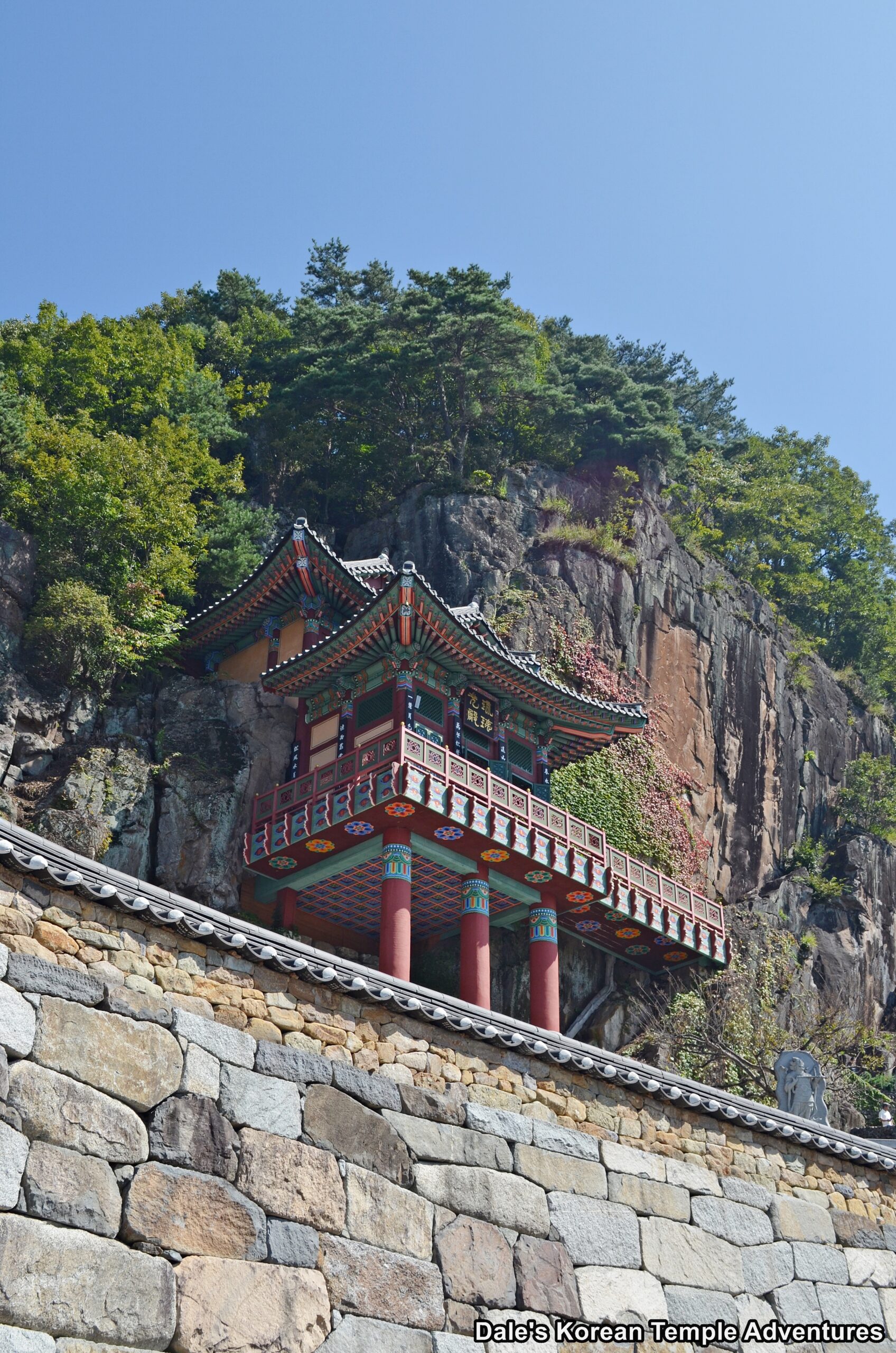
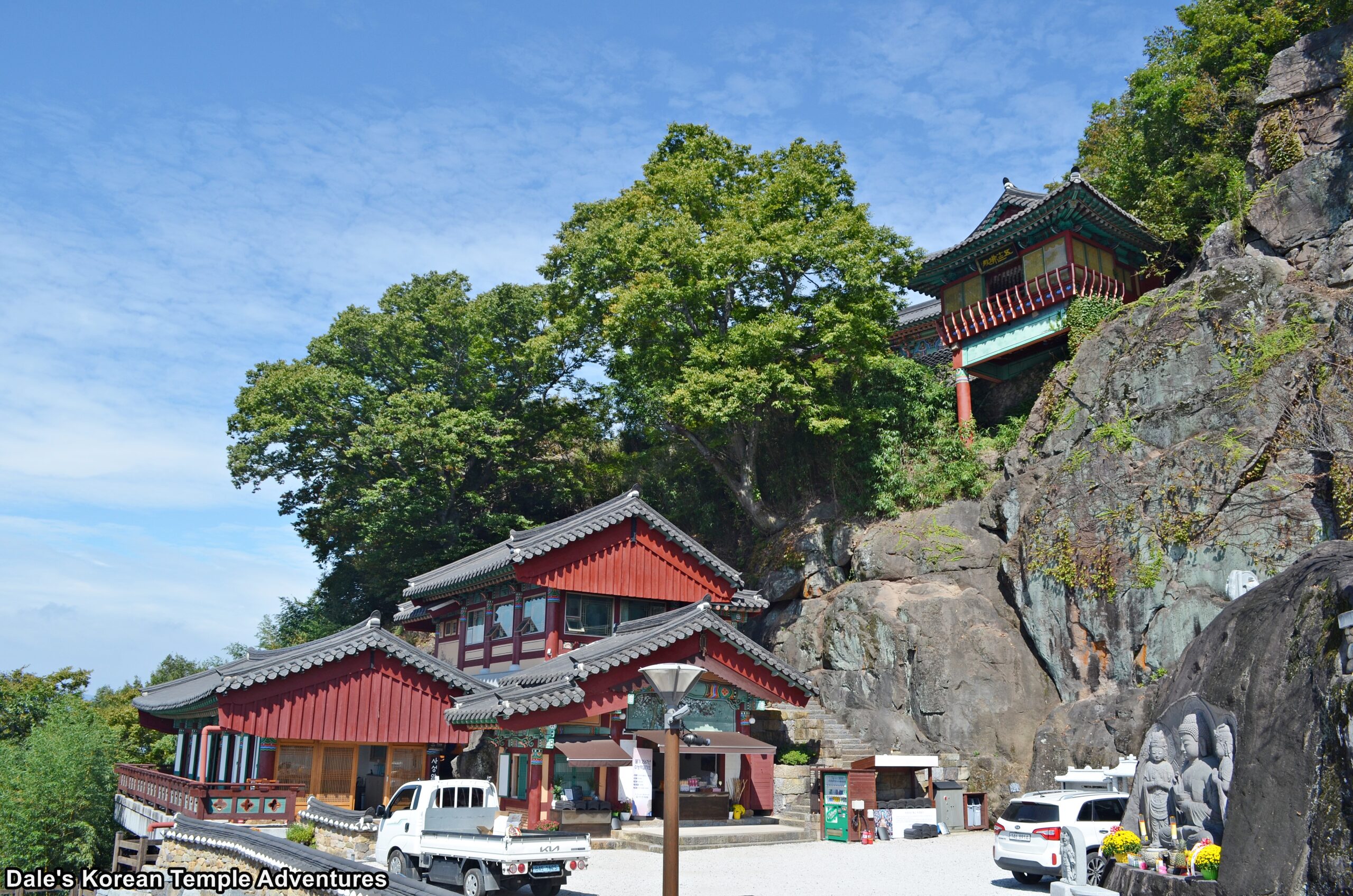
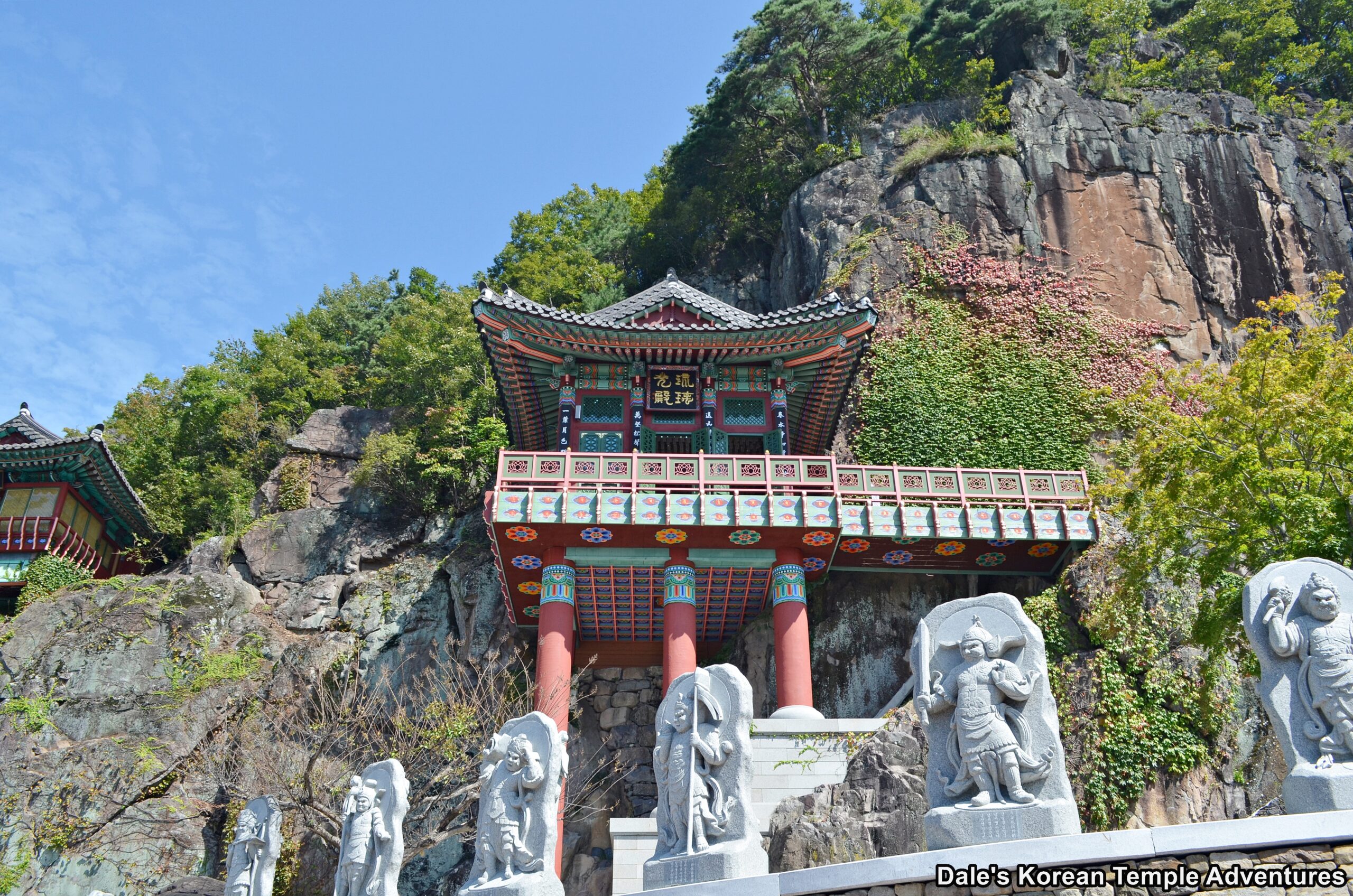
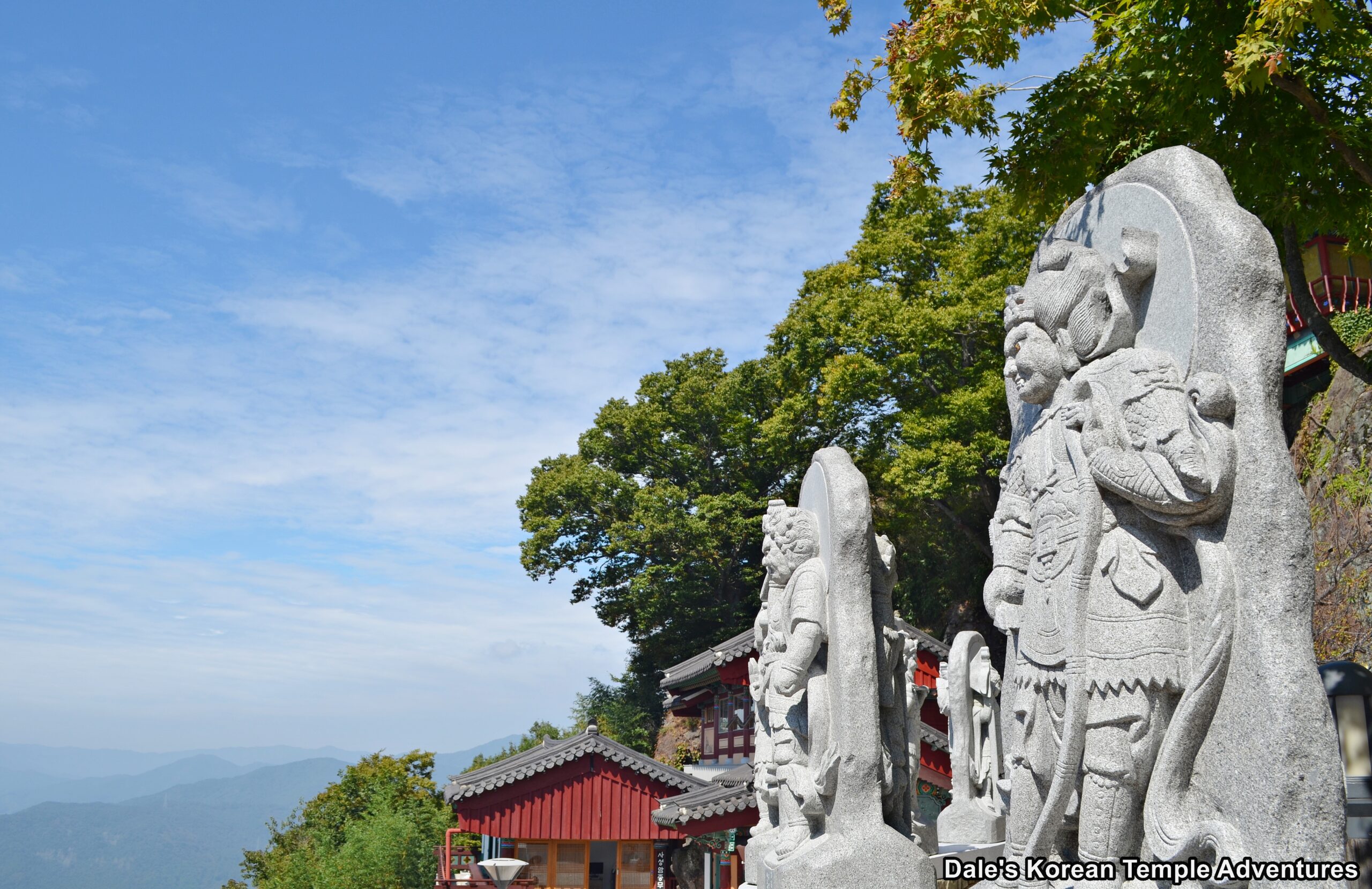

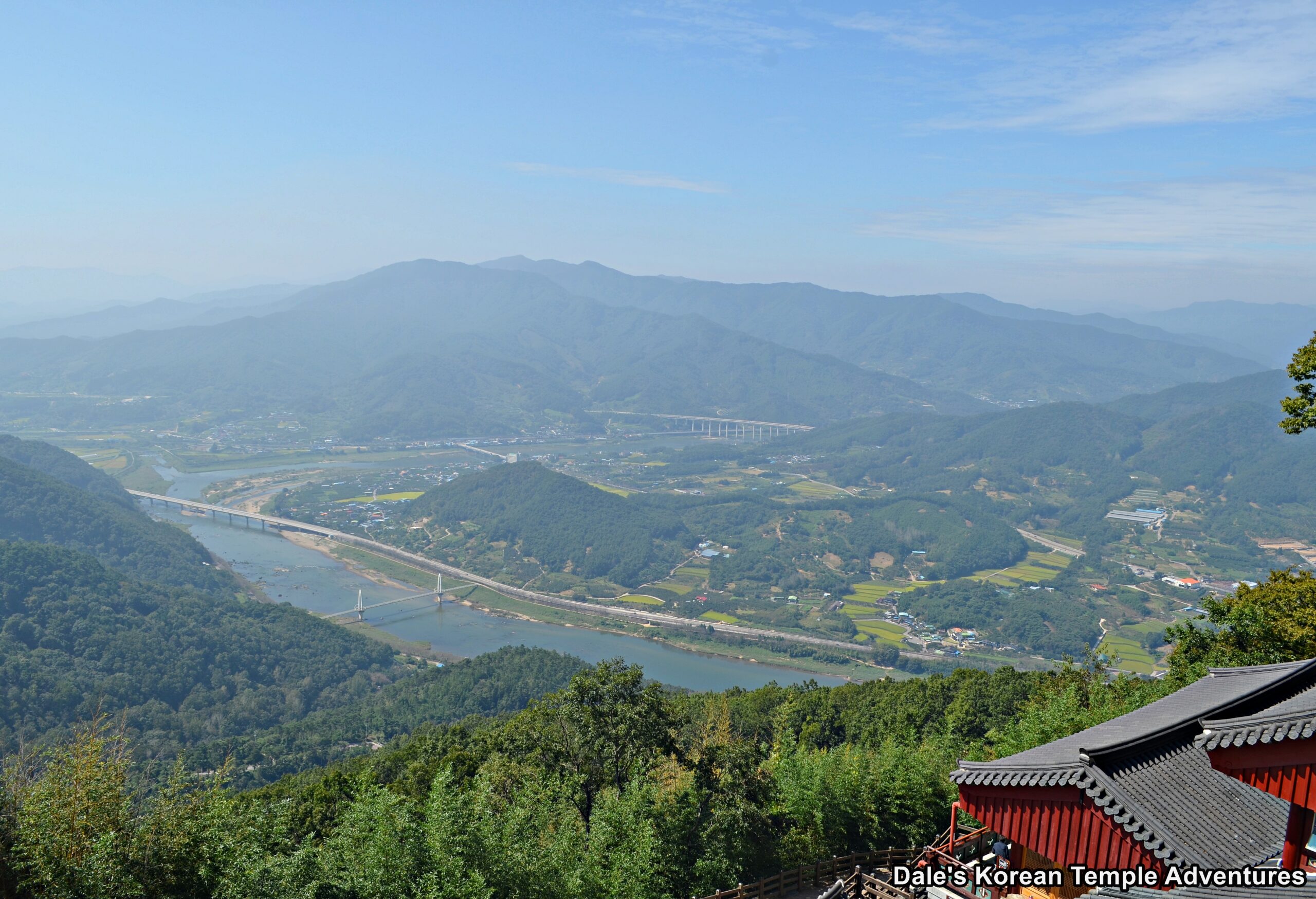
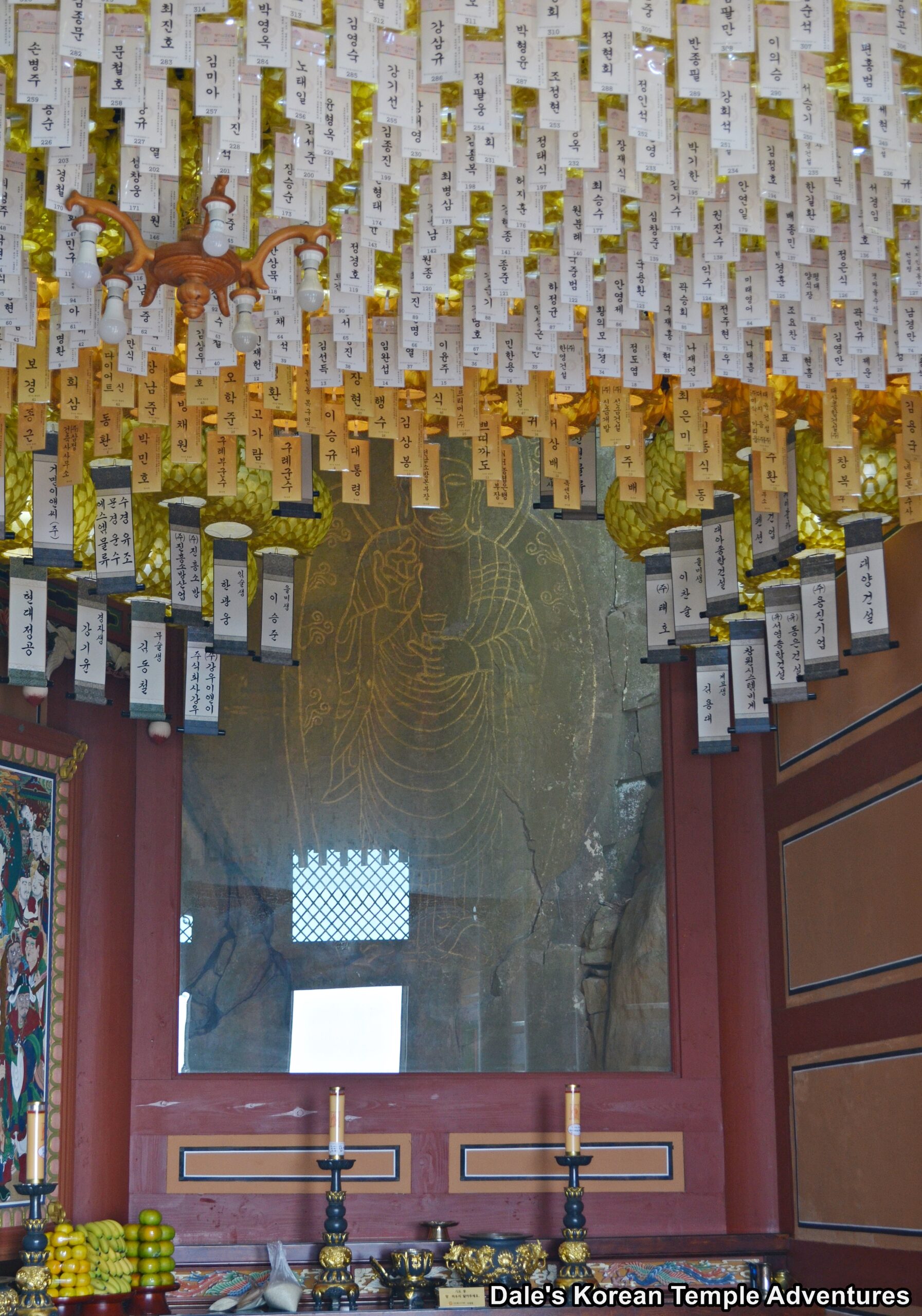
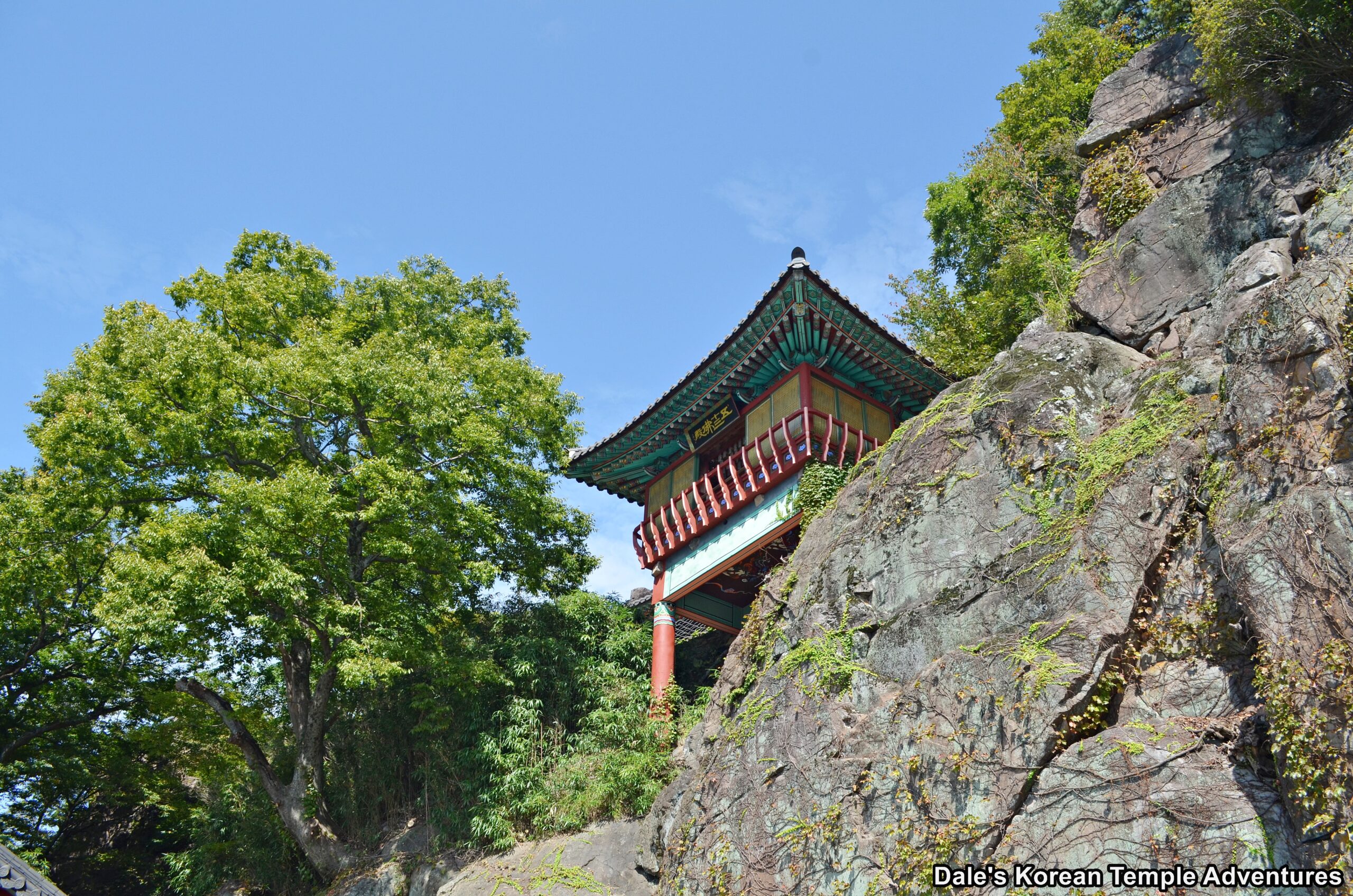
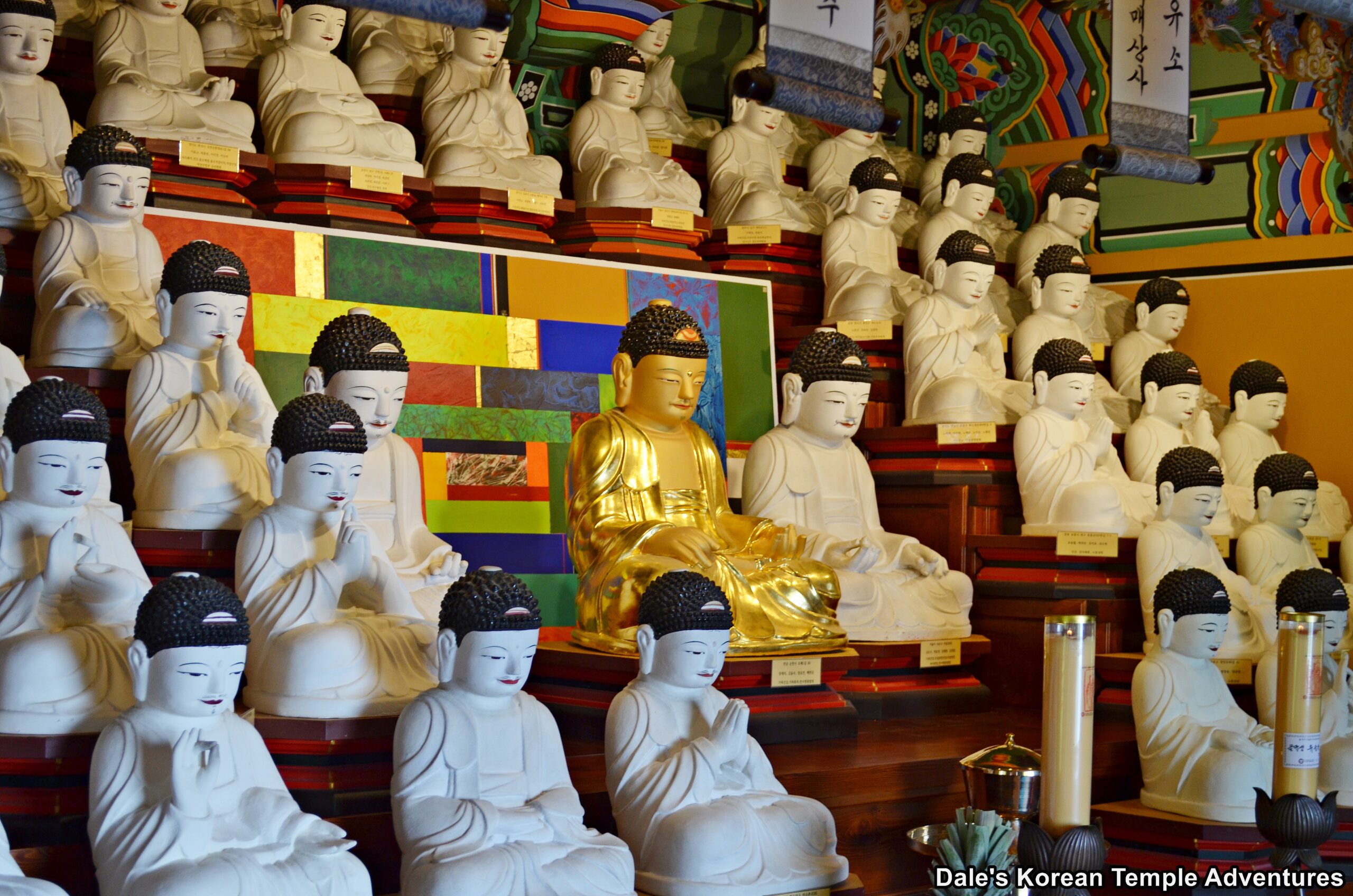
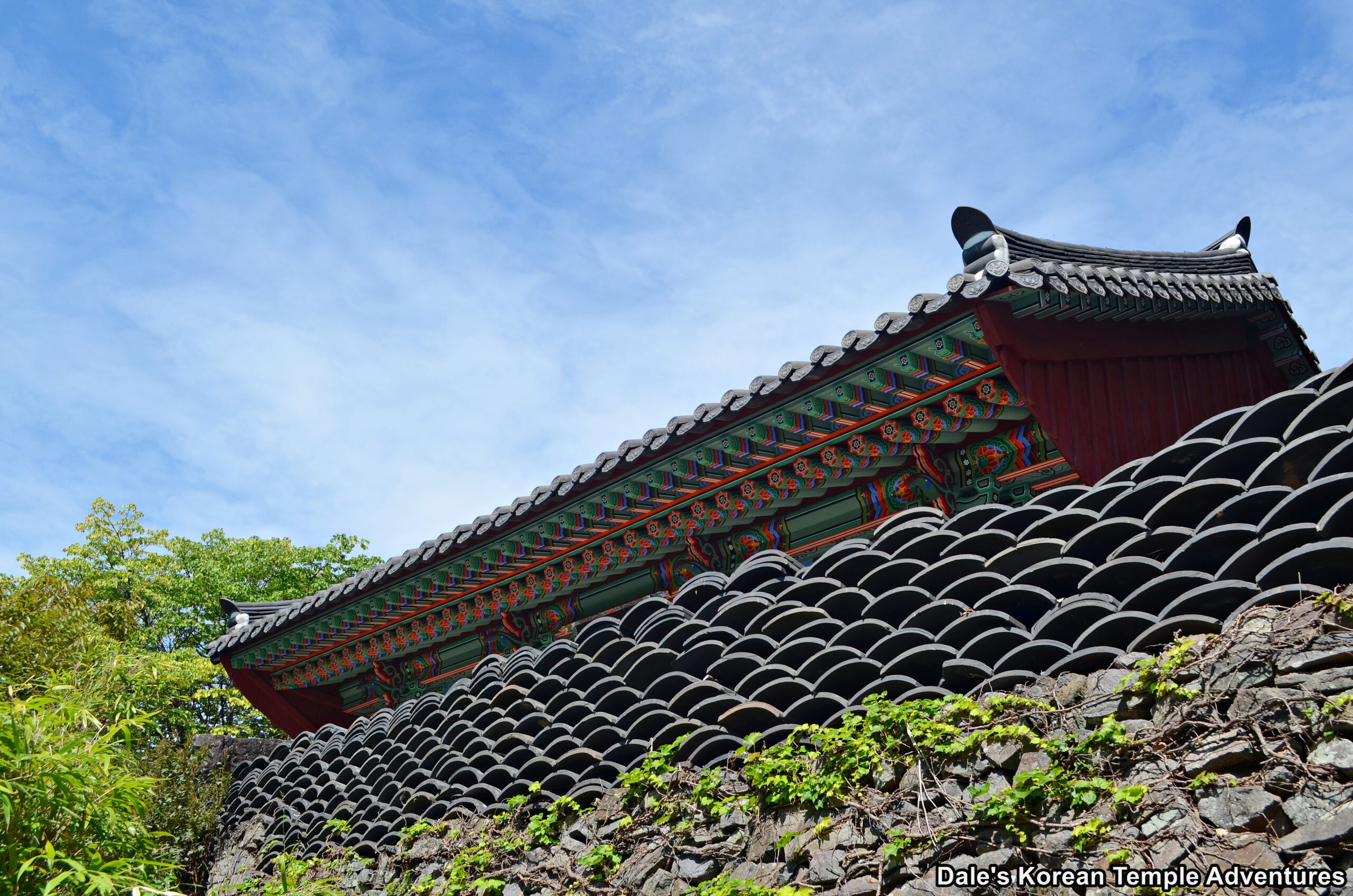
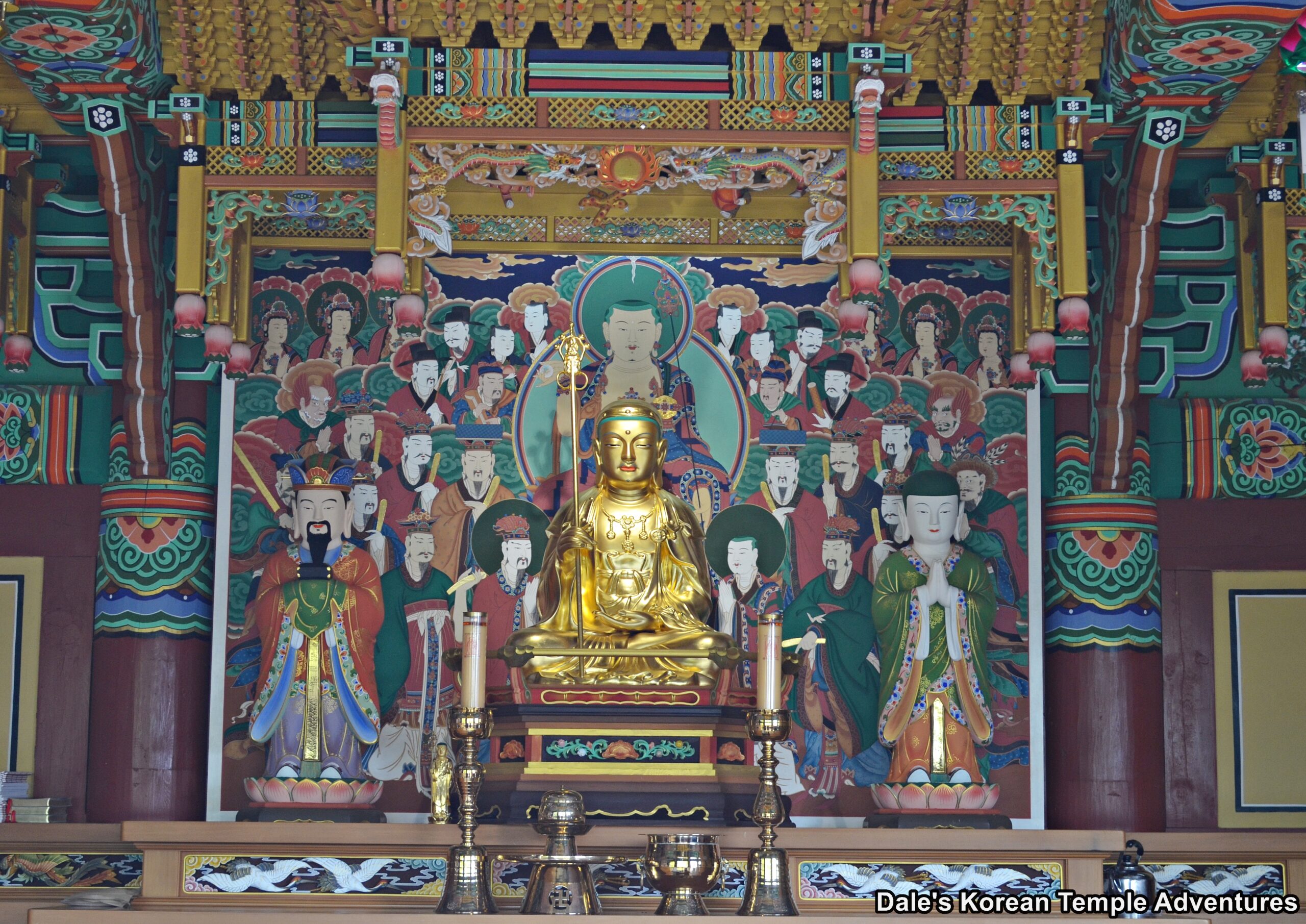
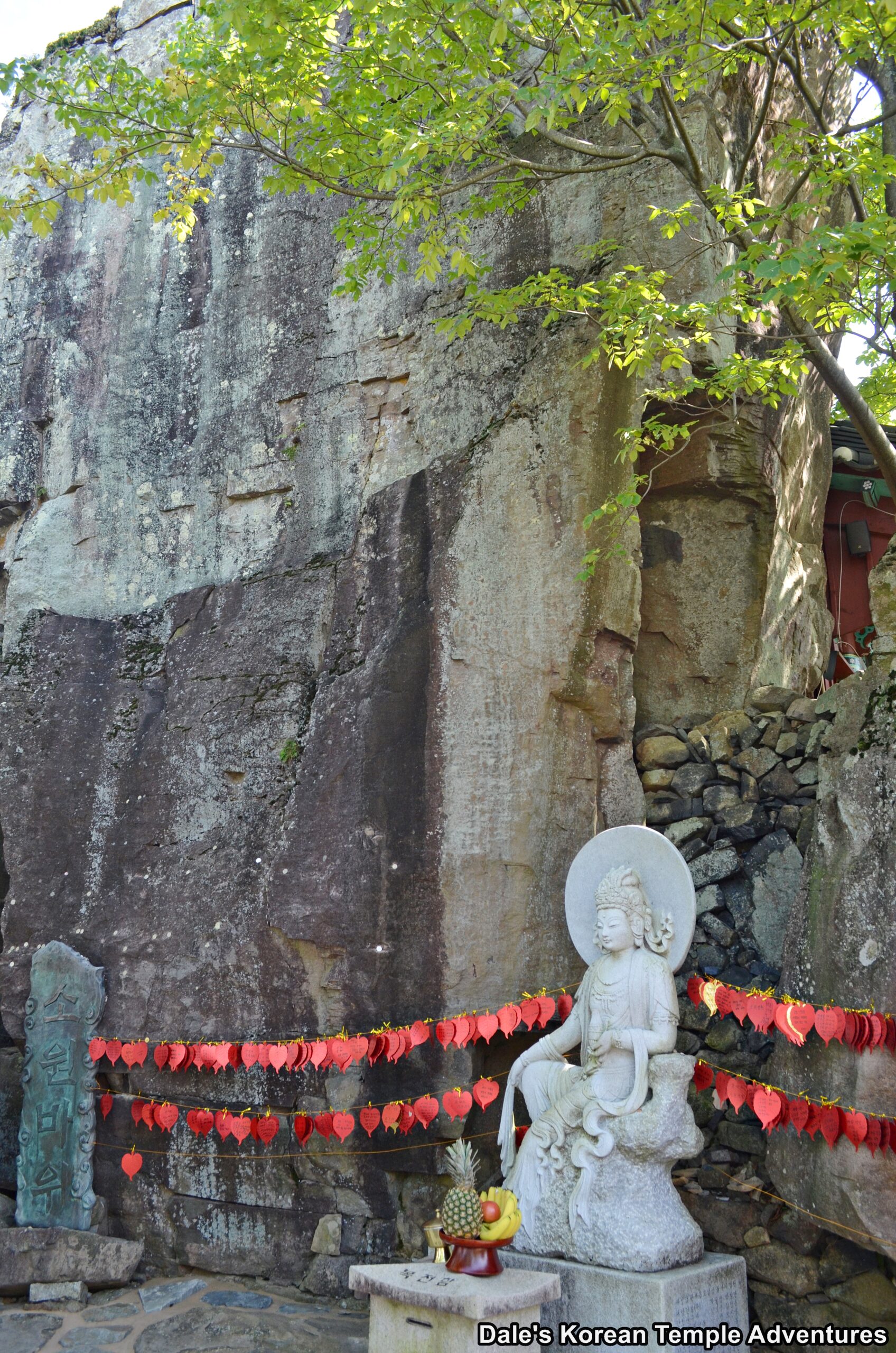
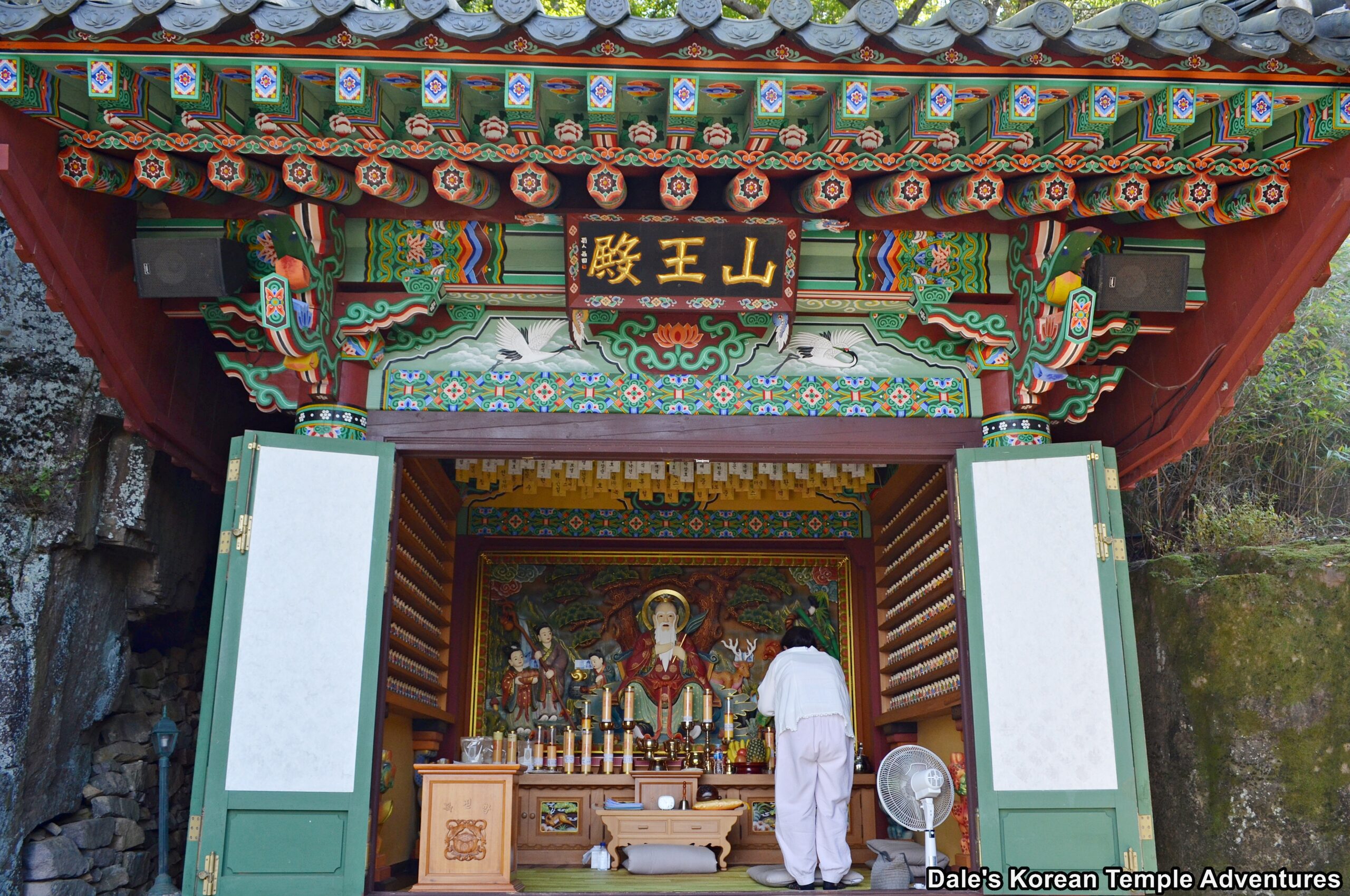

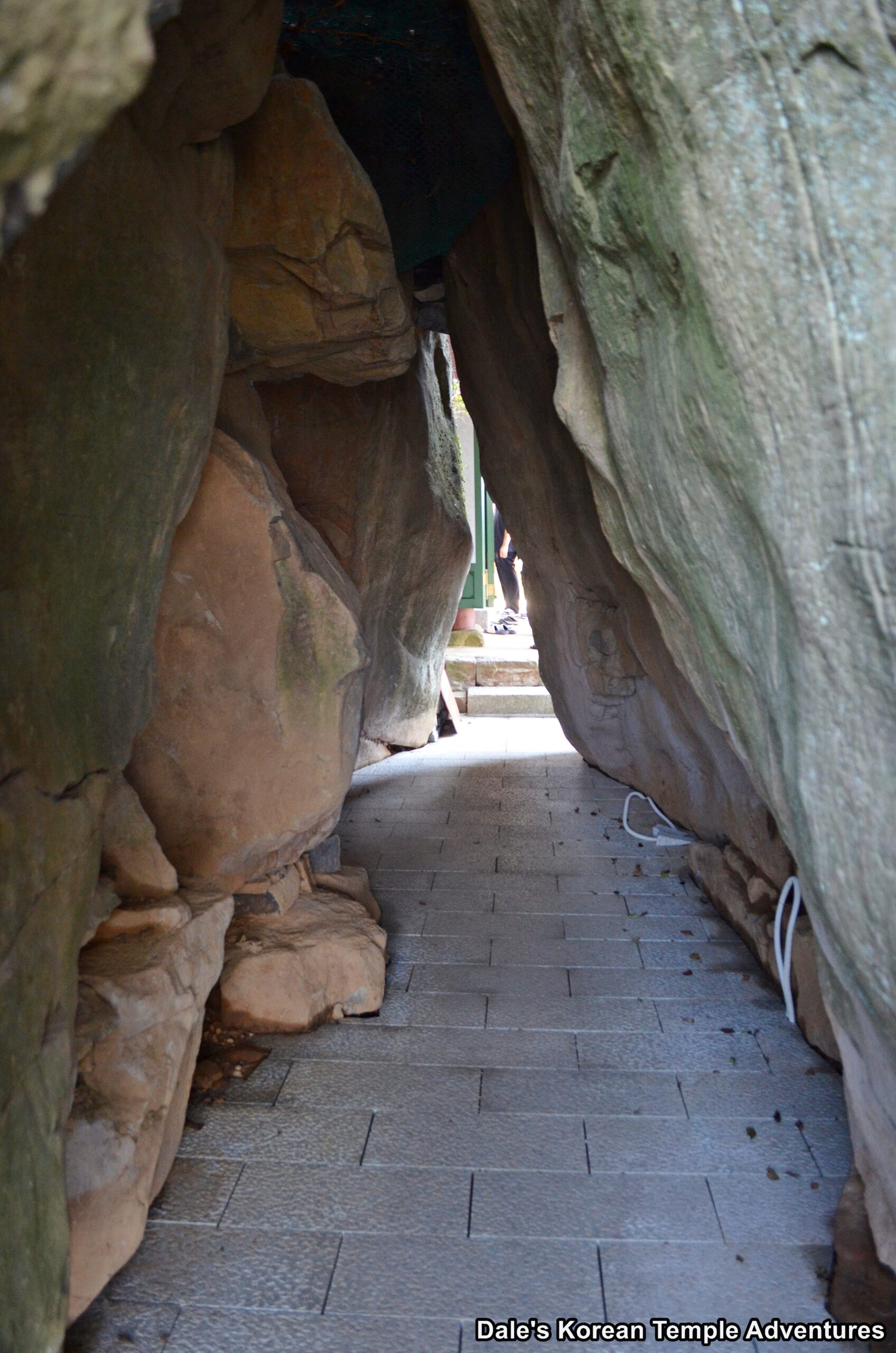
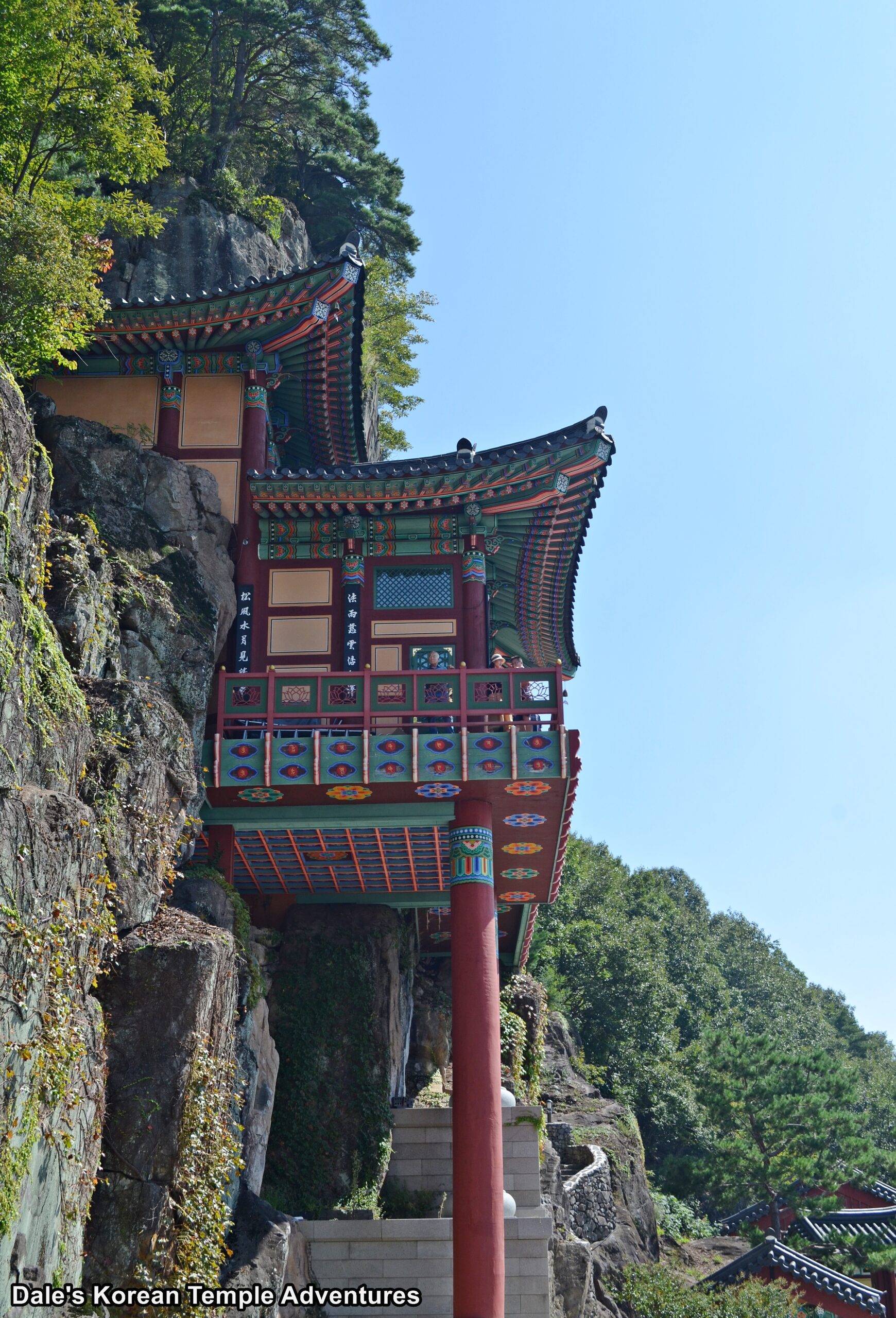


Recent comments